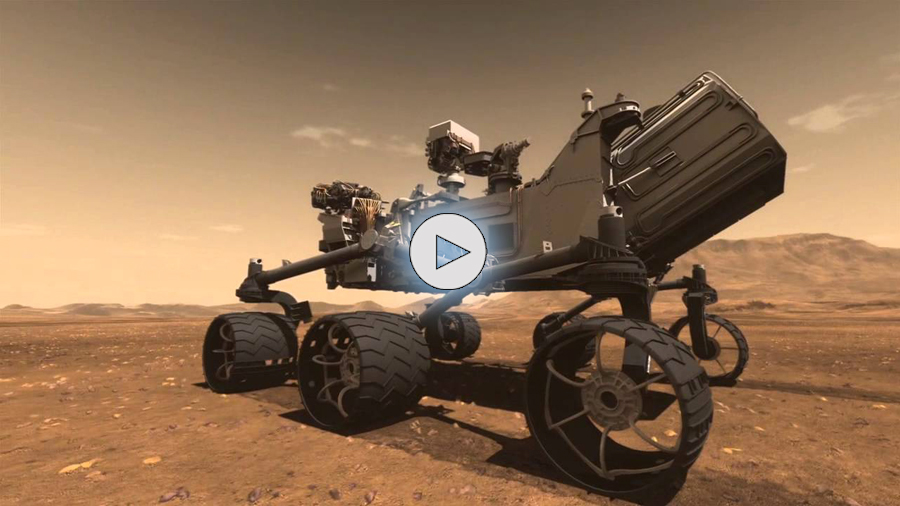 With its rover named Curiosity, the Mars Science Laboratory mission is part of NASA's Mars Exploration Program, a long-term effort of robotic exploration of the red planet. Curiosity was designed to assess whether Mars ever had an environment able to support small life forms called microbes. In other words, its mission is to determine the planet's "habitability."
With its rover named Curiosity, the Mars Science Laboratory mission is part of NASA's Mars Exploration Program, a long-term effort of robotic exploration of the red planet. Curiosity was designed to assess whether Mars ever had an environment able to support small life forms called microbes. In other words, its mission is to determine the planet's "habitability."
Before i7 Engineering was formed, i7 Engineering's Senior Electrical Engineer Steve Arroyo, was contracted to develop electrical systems onboard the Mars Science Laboratory (MSL) Curiosity Rover. MSL was the first nuclear powered rover to successfully land on Mars tipping the scales at 1-ton.
 Like Viking, Pathfinder and the Mars Exploration Rovers, Mars Science Laboratory was slowed by a large parachute. As the spacecraft lost speed, rockets fired controlling the spacecraft's descent until the rover separated from its final delivery system, the sky crane. Like a large crane on Earth, the sky crane touchdown system successfully lowered the rover to a "soft landing", wheels-down on the surface of Mars, ready to begin its mission.
Like Viking, Pathfinder and the Mars Exploration Rovers, Mars Science Laboratory was slowed by a large parachute. As the spacecraft lost speed, rockets fired controlling the spacecraft's descent until the rover separated from its final delivery system, the sky crane. Like a large crane on Earth, the sky crane touchdown system successfully lowered the rover to a "soft landing", wheels-down on the surface of Mars, ready to begin its mission.
